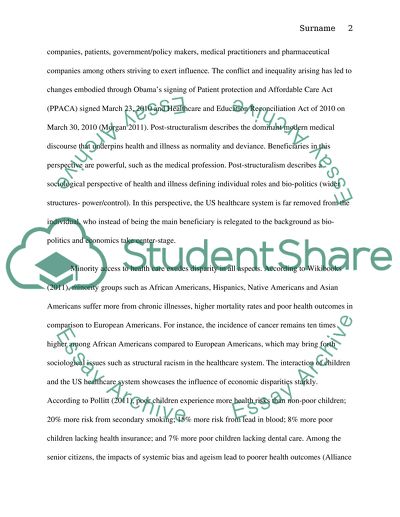Cite this document
(“The Positive and Negative Aspects of the US Health Care System Research Paper”, n.d.)
Retrieved from https://studentshare.org/sociology/1395119-the-positive-and-negative-aspects-of-the-us-health-care-system
Retrieved from https://studentshare.org/sociology/1395119-the-positive-and-negative-aspects-of-the-us-health-care-system
(The Positive and Negative Aspects of the US Health Care System Research Paper)
https://studentshare.org/sociology/1395119-the-positive-and-negative-aspects-of-the-us-health-care-system.
https://studentshare.org/sociology/1395119-the-positive-and-negative-aspects-of-the-us-health-care-system.
“The Positive and Negative Aspects of the US Health Care System Research Paper”, n.d. https://studentshare.org/sociology/1395119-the-positive-and-negative-aspects-of-the-us-health-care-system.


